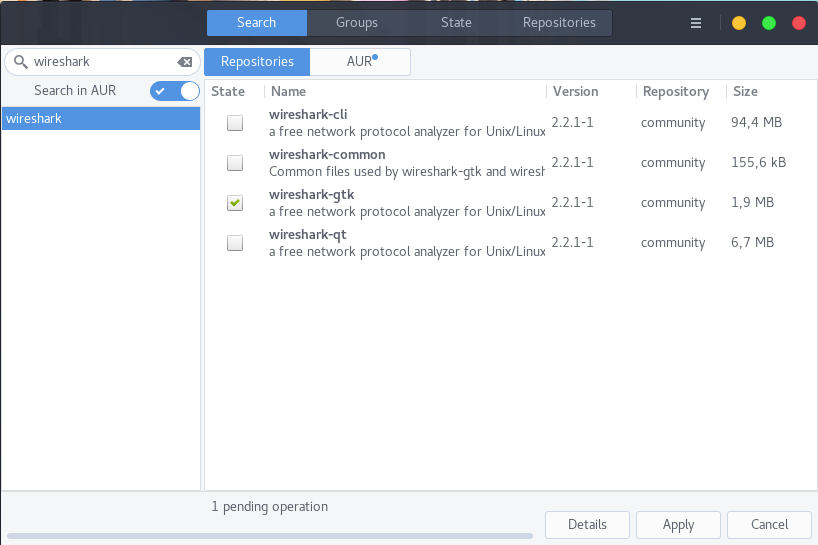
If you're using Windows Server 2008, without the R2, that appears to be the server equivalent of Windows Vista, and 2.2 was the last version to support Windows Vista. So, if you're using Windows Server 2008 R2, try using version 3.0, which is the current release.

The "End of Life planning" section of the Wireshark Wiki Release Life Cycle page says that Windows 7 is still supported, and that 3.2 - which will be the next major release of Wireshark, and isn't available yet - will be the last release to support it.

If you're looking for a LAN network analysis application that is free, stable and versatile, download and install Wireshark.At least according to the Windows 7 Wikipedia article, the server equivalent of Windows 7 is Windows Server 2008 R2 - which, the "2008" in its name notwithstanding, was released in 2009, the year when Windows 7 was released. It's an application that has been developed to be used by network experts and in a professional environment, so it's possible that many users won't be able to make the most of this program. This tool allows us to capture data in real time, to later be able to analyse them offline, it can be expanded by means of plug-ins and it allows us to export the information as XML, PostScript, TXT and CVS.

The program shows us, as well as the IP address and DNS, other very useful information (TCP, ICMP, IPX and UDP), and it's compatible with the BOOTP, DHCPv6, SCTP, SSL, ZRTP, FIP, GPRS LLC, OPCUA and Kerberos standards. One of the most appealing aspects of the program lies in the fact that it's compatible with almost any protocol and shows the user all the information that is relevant by means of a very neat and tidy interface.

Wireshark is a program that allows network managers to analyze network traffic, being able to check the amount of data that is sent and received by each of the connected devices.


 0 kommentar(er)
0 kommentar(er)
